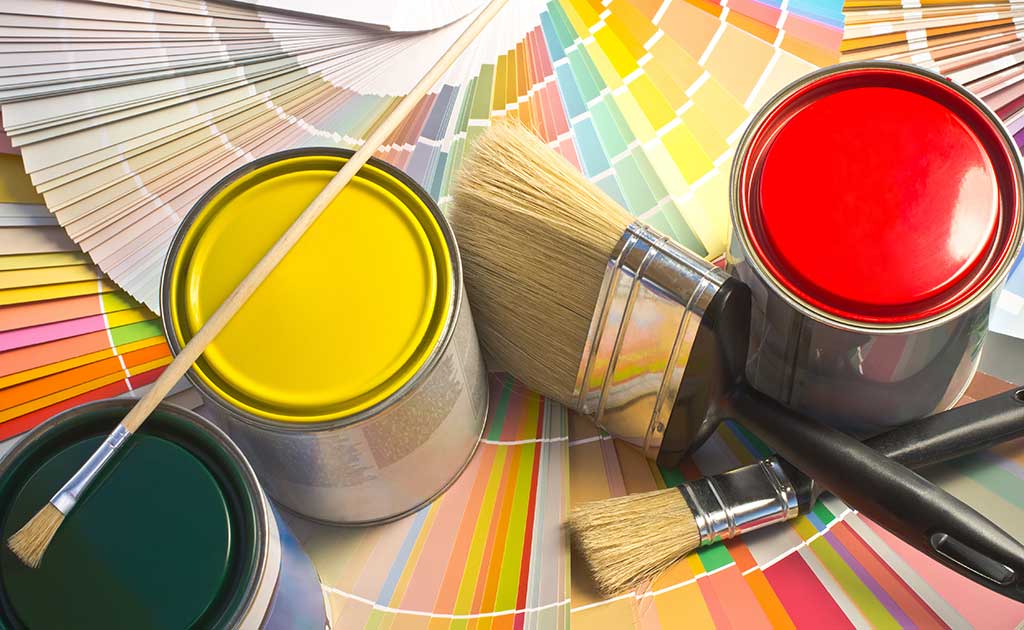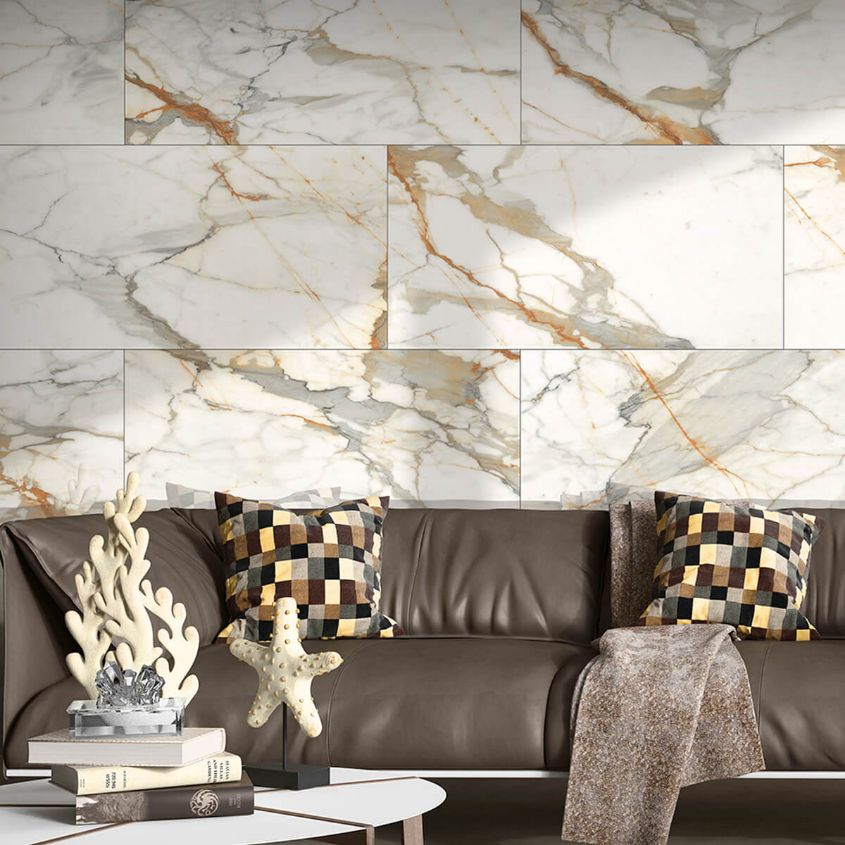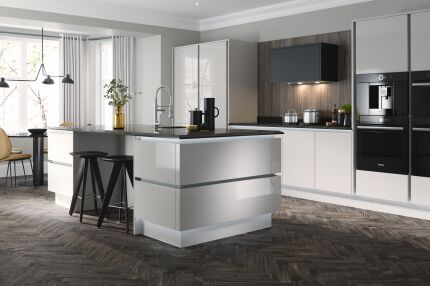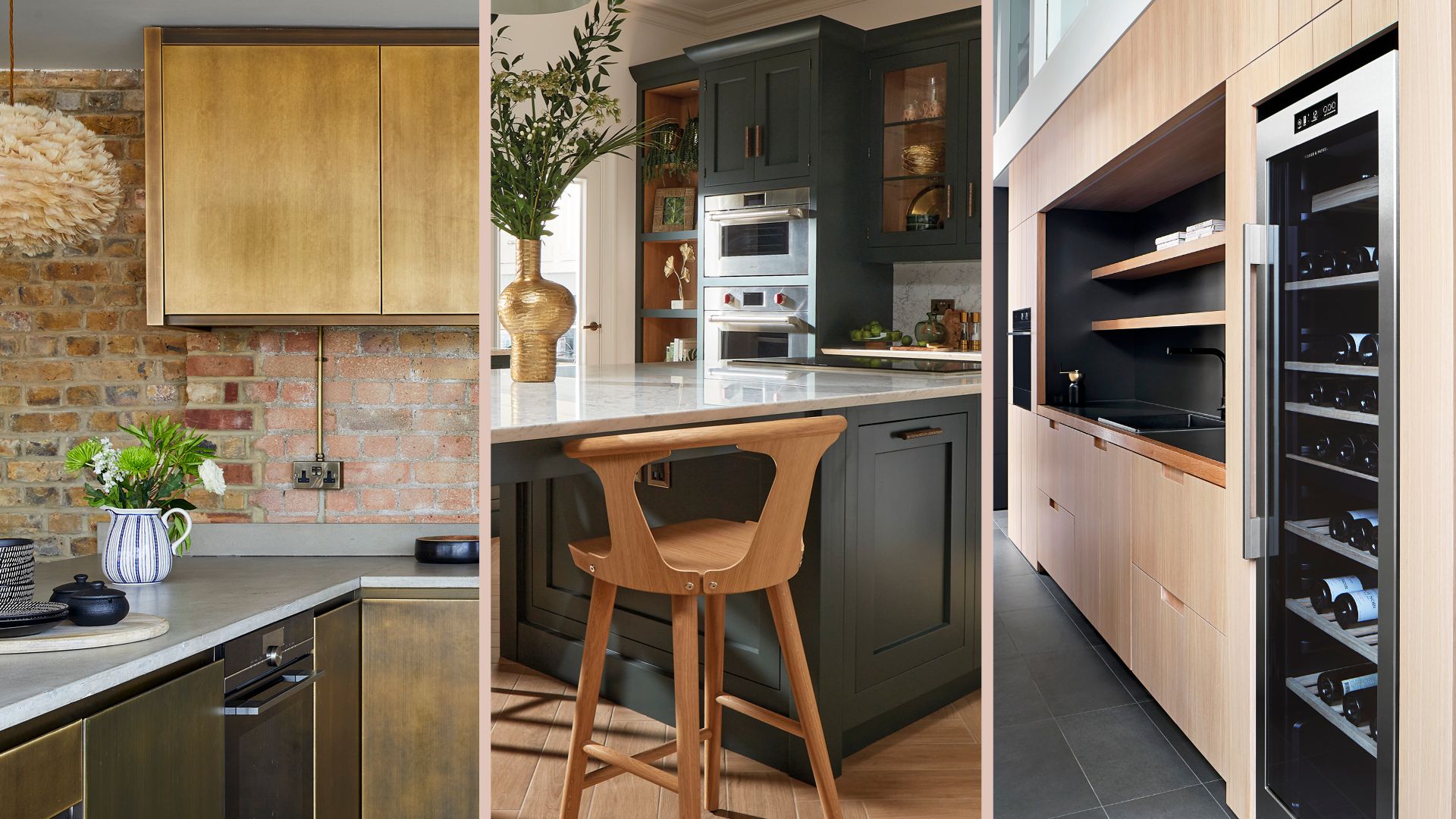Indoor Spaces: Creating Harmonious Colour Schemes

FILE PHOTO
The selection of colors for indoor spaces is an essential aspect of interior design that can greatly impact the overall atmosphere, mood, and functionality of a room.
The right color scheme has the power to transform a space, creating a harmonious and inviting environment. In this two-pager, we will explore some of the best colors for indoor spaces, discussing their psychological effects and potential applications.
Neutral Colors:
Neutral colors such as white, beige, gray, and taupe are versatile options that work well in almost any indoor space. These colors have a calming and soothing effect, creating a sense of tranquility and spaciousness.
They also provide a neutral backdrop, allowing furniture, artwork, and accessories to stand out. Neutral colors are particularly suitable for small rooms or areas with limited natural light, as they can make the space appear larger and brighter.
Blue:
Blue is a popular color choice for indoor spaces, particularly bedrooms and bathrooms. It is often associated with serenity, calmness, and relaxation. Lighter shades of blue can create a sense of tranquility and freshness, while deeper blues can add a touch of elegance and sophistication. Blue is known to have a calming effect on the mind and body, making it an excellent choice for spaces where relaxation and rest are desired.
Green:
Green is a color that is strongly linked to nature and the outdoors. It represents growth, harmony, and balance. Green is a versatile color that can be used in various indoor spaces, from living rooms to home offices.
Lighter shades of green, such as mint or sage, can create a refreshing and rejuvenating atmosphere, while darker shades, like forest green, can add a sense of richness and warmth. Green is also known to have a positive impact on concentration and focus, making it an ideal choice for study areas or workspaces.
Yellow:
Yellow is a vibrant and energetic color that can add a sense of happiness and positivity to indoor spaces. It is associated with sunlight and warmth, and it can create an inviting and cheerful atmosphere.
Lighter shades of yellow can make a room feel spacious and airy, while deeper yellows can add a cozy and intimate feel. Yellow is often used in kitchens, dining areas, and living rooms to create a lively and sociable environment.
Earth Tones:
Earth tones, such as browns, tans, and terracottas, are colors inspired by nature and the earth. They evoke a sense of warmth, comfort, and stability.
Earth tones can create a cozy and inviting atmosphere, making them suitable for living rooms, bedrooms, and other areas where relaxation is desired. These colors can also be used as accent colors to add depth and richness to a space.
The choice of colors for indoor spaces plays a vital role in shaping the overall ambiance and functionality of a room.
Neutral colors provide a versatile backdrop, while blue, green, yellow, and earth tones offer various psychological effects and can be applied to different spaces depending on the desired atmosphere. Ultimately, the best color scheme for an indoor space will depend on personal preferences, the purpose of the room, and the desired emotional response from its occupants.
REGITRATION ONGOING - REGISTER NOW
Comments System WIDGET PACK




.jpg)










































